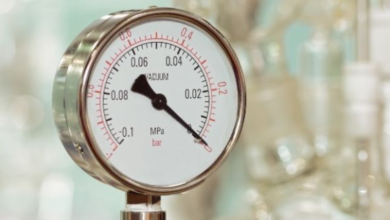Why Every Facility Needs an Arc Flash Study: Safety and Compliance

In contemporary industries, the safety of employees is among the important objectives that must be met. One thing that is often neglected or not carried out is an arc flash analysis. Arc flashes are electrical explosions that can result in serious burn injuries, property damage, and death.
Such events are unforeseeable and may happen in any building that has electrical equipment. An arc flash analysis can help to discover areas of risk and the possible causes of an arc flash, helping to implement necessary precautions for protecting employees and equipment as well as meeting legal requirements.
Understanding Arc Flash Hazards
An arc flash is a discharge of electrical current through the air to the ground or from one conductor to another. These incidents may occur due to poor installation processes, degradation of the equipment, or due to a short circuit. An arc flash produces temperatures up to 35,000 degrees Fahrenheit; this poses a risk to individuals involved, electrical fires, or harm to equipment.
Also, the pressure in such flashes can cause an explosive force that can catapult the workers across the room, making them suffer from physical traumas. Arc flashes pose a significant threat to the lives of employees and property since they can cause fatalities or other serious and permanent damage in workplaces that do not protect themselves adequately against these kinds of electrical explosions.
See also: Get Your Game On: 10 Unblocked Games to Play at School
Why Conduct an Arc Flash Study for the Facility & Employees?
Arc flash risk assessment involves assessment of the electrical systems in a facility in order to determine possible risks and their likelihoods. The analysis presented in the study also encompasses an estimation of the potential energy release in an arc flash scenario and the provisions necessary for protecting employees.
A comprehensive arc flash study ensures that your facility can:
a. Protect workers from injury
When exposure areas are identified and controlled, measures like appropriate stickers, gloves, and overalls to put on minimizes such occurrences.
b. Prevent equipment damage
Knowledge of energy levels of arc flashes can go a long way in selecting the right circuit breakers, fuses and other protective gears to be used to mitigate the effects of a possible arc flash.
c. Reduce downtime
Organizations that follow through an arc flash study can put appropriate measures in place to minimize incidents that might cause losses in their facilities.
d. Workplace Safety Climate Improvement
In addition to satisfying legal requirements, performing an arc flash study fosters a culture of safety in the workplace. The study helps create a safe work force and enhanced production, since the possibility of an accident occurring diminishes.
Conclusion
In summary, an arc flash study is a necessary aspect of any safety and compliance plan used by a facility. By recognizing possible threats, safeguarding employees, and keeping in accordance with the law, organizations can decrease risks connected with arc flashes in their facilities.
It pays to invest in an arc flash study, it saves lives, money from costly downtimes, equipment breakdowns, and lawsuits. It stands as a priority in the assessment scale of every facility as it focuses on both safety and functionality.




